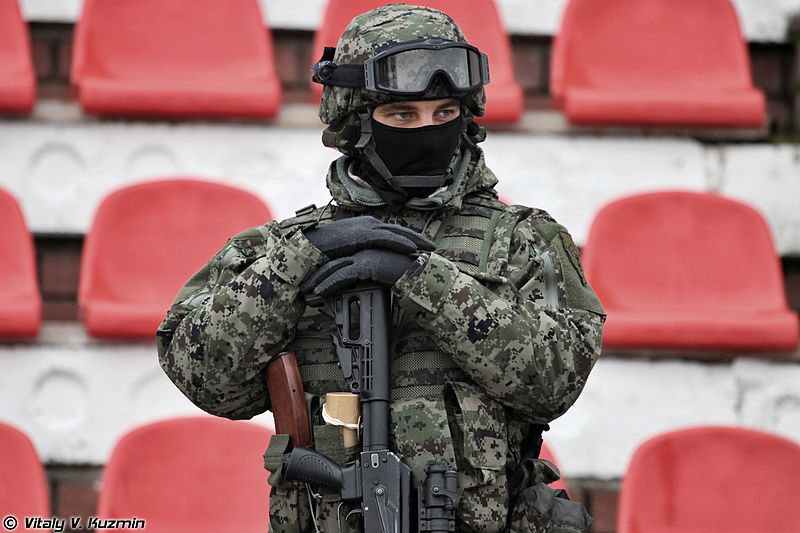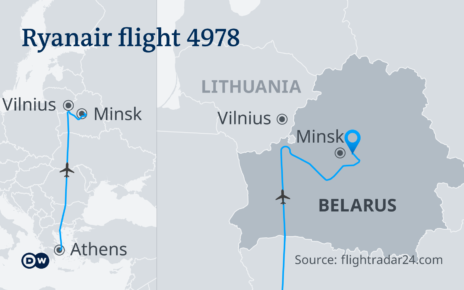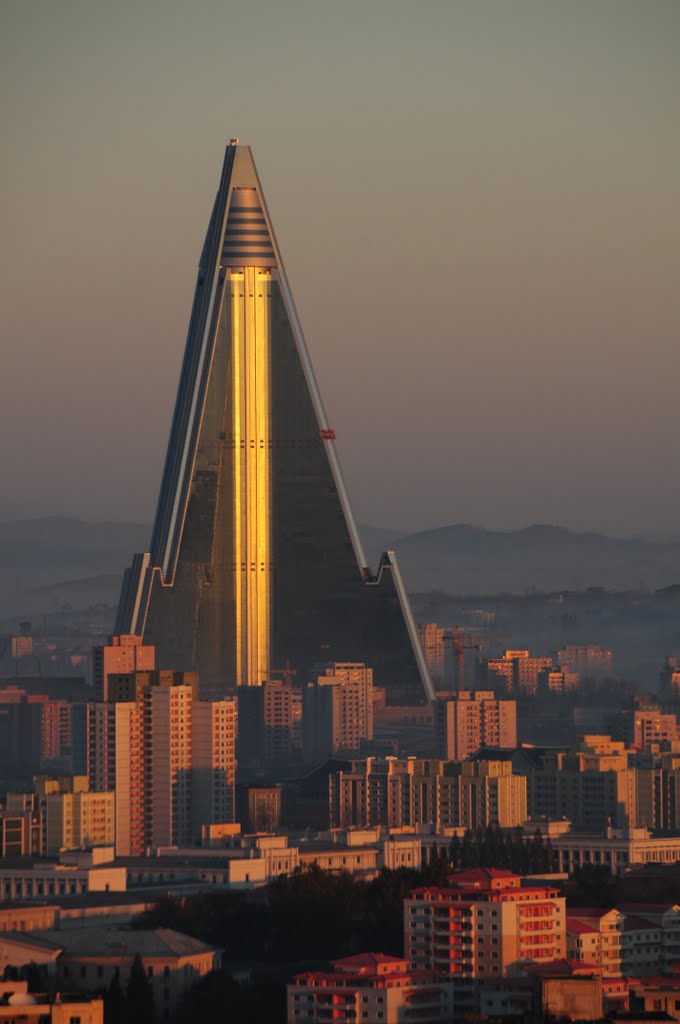
Lost Pride
The Soviet Union prided itself on its armed forces and technological achievements which became household names, such as the Kalashnikov assault rifle, the MiG aircrafts, and the T-series tanks amongst countless other developments. Sheer Soviet manpower served to remind Western European policymakers of the USSR’s prowess. Failures in Afghanistan, the fall of the USSR and subsequent conflicts in Russia’s breakaway region, Chechnya, underlined the lost capacity of the mythical military strength of the Soviet Union. Russia, without the USSR, was embarrassed on the global stage and the perceived threat posed by its conventional forces was drawn down, alongside its position as a hegemon.
New Lens
Since then, Russian president Vladimir Putin has been determined to bring the Russian Armed Forces back to the forefront of exemplary military strength. In the process of modernization, begun by him since, the most recent radical shift has been the signing of a new military doctrine, reflective of Russia’s ambitions in and around its spheres of influence. Apart from antagonizing NATO for shifting the balance of power in Eastern Europe for geostrategic gains, Russia is also focusing on expanding influence in the Arctic and cultivating better relations with BRICS nations, Brazil, India, China, and South Africa.
By the end of summer 2015, the Russian Armed Forces, according to president Putin, should be able to modernize 32%, 33%, 40%, and over 50% of the Army, the Air Force, the Airborne Troops and the Navy and Aerospace Defence Forces, respectively, with new weapons and equipment. When NATO announced the formation of the Very High Readiness Task Force (VJTF) capable of deploying 4,000-5,000 troops in coordination with land, sea, and air units within only a few days to counteract Russia’s newfound aggression in Eastern Ukraine, Russia announced the creation of its very own unnamed rapid reaction force. These developments in the Russian Armed Forces, however, are subject to contracting economic conditions faced by Russia due to sanctions and falling oil prices.

Cold Waters, Hot Heads
Regardless of economic concerns, the Kremlin is adamant about achieving partial modernization of its military forces, a re-vitalized doctrine which establishes NATO “expansion” as an immediate threat and the race in the Arctic. The Navy expansion has been extremely important for Russia. It is the primary method by which it seeks to establish a strong position in the Arctic. Apart from training Arctic-warfare commandos, Russia is constructing thirteen airfields, ten air-defence stations, ten search-and-rescue stations, and sixteen deepwater ports. Monopolizing the North Pole would re-establish Russia as a primary actor in the global arena in competition with other northern nations such as Canada, the US, and Norway.
Meanwhile, this escalation in spending has been reciprocated by NATO members as well. Poland, considered within Russia’s former sphere of influence raised its defence budget by 18 percent in response to Russia’s movements in the region. Only Poland, America, Britain, Estonia and Greece are currently meeting the NATO target of investing two percent of GDP on defence. Britain has decided not to continue meeting its target while it has urged others to do so. Poland and Estonia, having experienced the Cold War as Soviet satellite states, are in no mood to let Russia gain the same level of influence in Eastern Europe again.
Attitude and Capacity

NATO has the capacity, yet with the exception of its Baltic members it seems to lack the will to meet and counter this threat directly. Russia may not have the capacity to keep up its military spending streak due to economic conditions, but it has the will as it marches onwards in modernizing and expanding its military capacity. When the new Russian T-14 “Armata” tank stalled during parade rehearsal in Moscow, the running joke was “The Armata truly has unprecedented destructive power; a battalion can destroy the entire Russian budget!” – recognizing the excessive costs which Russia is burdened with.
A Hawk and Two Birds

Russia’s economic health will deteriorate further unless Russia withdraws from its designs in Ukraine in order to ease sanctions. In the long term, the Russian economy will be unable to sustain the huge expense caused by its military’s modernization unless it reviews its current policies. NATO countries, at large, should begin consistently meeting their targeted defence contribution of 2% of GDP. This, along with the VJTF, and general re-activation of NATO activity in Eastern Europe, will force Russia’s hand at meeting the perceived threat. Under sanctions it will not be able to maintain its spending efforts. Even though this perspective is hawkish, the alternative of NATO being uninvolved with the developing conflict provides Russia with “breathing space” so that it can pace its growth and dictate terms where it is not welcome to. This will only further contribute to Russia’s unchallenged contribution towards destabilizing regional security in Ukraine, and by extension, Europe at large.
Russian propaganda already blames NATO expansion and uses that argument to achieve its domestic and international agendas. If NATO were to actually take up the cause of restoring regional security by revitalizing itself in Eastern Europe, providing more support to Ukraine, and having members contribute as expected, Russia would be forced to call its remaining chips. Unless it is prepared to lose completely in this hypothetical conundrum it will have no choice but to “fold its cards”. The expanded activities of NATO in Europe would cement regional security, while forcing Russia to tone itself down and reconsider its ambitions towards its neighbours.




